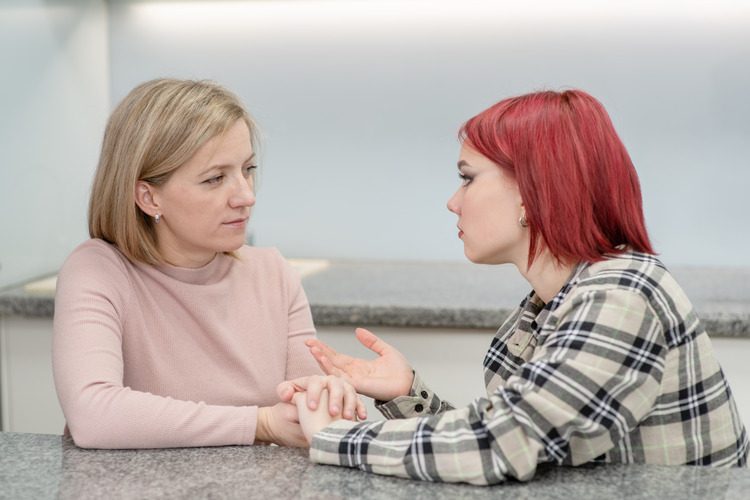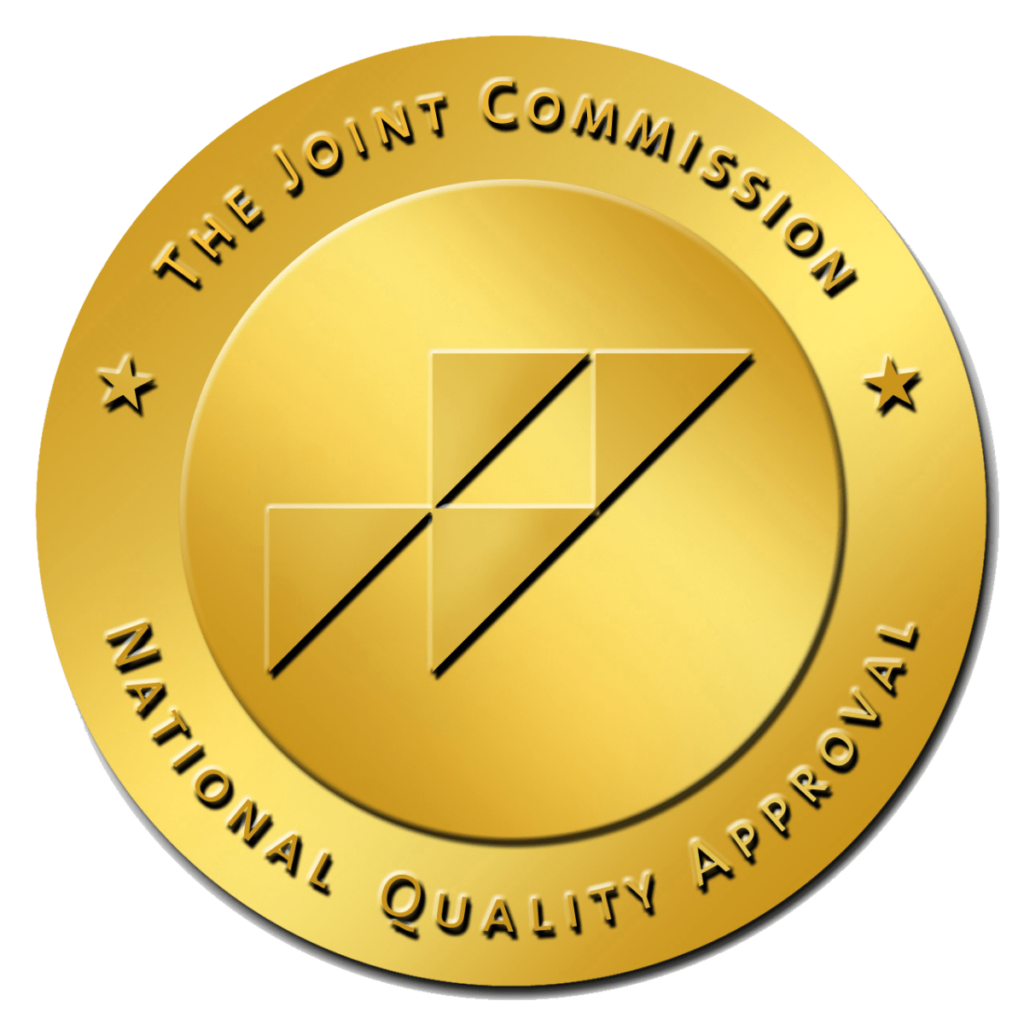Adolescence is a time when people go through big changes. Our brains are developing, our bodies are changing, and we are transitioning from children to adults. It can be difficult for parents to distinguish between normal teenage struggles and red flags for substance abuse. At Highland Hospital Behavioral Health, in Charleston, West Virginia, we help children and adolescents with behavioral health struggles and their families.
Identifying Risk Factors
Some things may place a young person at higher risk for experimenting with alcohol and drugs than their peers. These fall into three primary categories:
Family Risk Factors
- Lack of parental supervision
- Communication problems
- Conflict and tension
- Severe or inconsistent parenting
- Parent with a substance misuse history
- Having an absent parent
Individual Risk Factors
- Difficult behavior in early childhood
- Experiencing physical or sexual abuse
- Impulsivity
- Engaging in thrill-seeking behaviors
- Lack of concern about consequences that could result from substance use
- Emotional difficulties
- School and social challenges
Miscellaneous Risk Factors
- Living in poverty
- Being from a community with high levels of crime and drug use
- Easy access to drugs or alcohol
- Peers who encourage substance use
- Mental health conditions
- Low educational attainment
Recognizing the Red Flags
The indicators below are not strictly limited to substance use. These can be signals for all types of distress. When parents see the following warning signs, it could also point to a physical health condition, mental health disorder, bullying from peers, or other struggles. Regardless of the specific cause, it is important that a parent recognize the signs that something is wrong and seek help for their child:
- Mood changes such as
- Irritability or sullenness
- Defensiveness
- Depression
- Uncooperative attitude
- Hostility
- Uncharacteristic hyperactivity
- School struggles
- Attendance problems
- Disciplinary actions
- Falling grades
- Sudden friend group changes
- Hanging out with entirely different people
- Isolating from everyone
- Trying to keep parents away from new friends
- More frequently missing curfew
- Being gone with new friends for long periods
- Loss of interest in hobbies, work, relationships with friends and family, or hygiene/appearance
- Substances in the child’s room or belongings or physical signs of use
- Nasal irritation
- Smells like smoke
- Burns or soot on lips or fingers
- May use gum or mints to cover their breath
- Eye drops may be used to conceal red eyes
- Track marks on arms or legs
- Functional changes
- Issues with memory or focus
- Coordination problems
- Speech is slurred
- Talking faster than usual
- Changes in sleep, weight, or appetite
- Being sick more frequently
- Secretiveness – Using “secret code” in messages with peers, to conceal conversations about substances from parents
Actions Parents Can Take
If you’re seeing the signs above in your child, your next steps might include:
- Observing further – Your inclination might be to rush in right away, but it could be more helpful to gather additional information first, by watching your child and their friends.
- Conducting a search – If you believe your child might be using drugs or alcohol, you can look for evidence to support your suspicion. Common hiding places adolescents use for concealing alcohol, drugs, and paraphernalia include under or between items in drawers, wherever they store their jewelry, makeup, writing utensils, earbuds, or other small items, under furniture or loose floorboards, inside the dirt of a houseplant, inside of or between books, or inside containers that look like other things, such as shaving cream, over-the-counter pills, candy, soft drinks, or other ordinary objects.
- Having a conversation with your child – They may not be using drugs or you might not find evidence, but if you see changes that have you concerned, you should still talk to your child. Focus on how much you love them and talk about the change you see and how they worry you. Be sure to ask questions, but avoid blame and accusations.
- Getting an assessment – What you learn from talking to your child and searching their space may lead you to schedule an appointment with their primary care doctor to look for physical health causes behind what you’re seeing or get a referral for mental health/substance use treatment and have a conversation with their school counselor, a psychologist or a social worker about what help they need
- Getting help – Once your child has had an assessment from a mental health professional, you will likely be able to devise a clear plan of action for addressing whatever is going on.
At Highland Hospital in Charleston, WV, we know that the sooner a behavioral health problem is identified and treated, the easier it is to heal and move forward.










